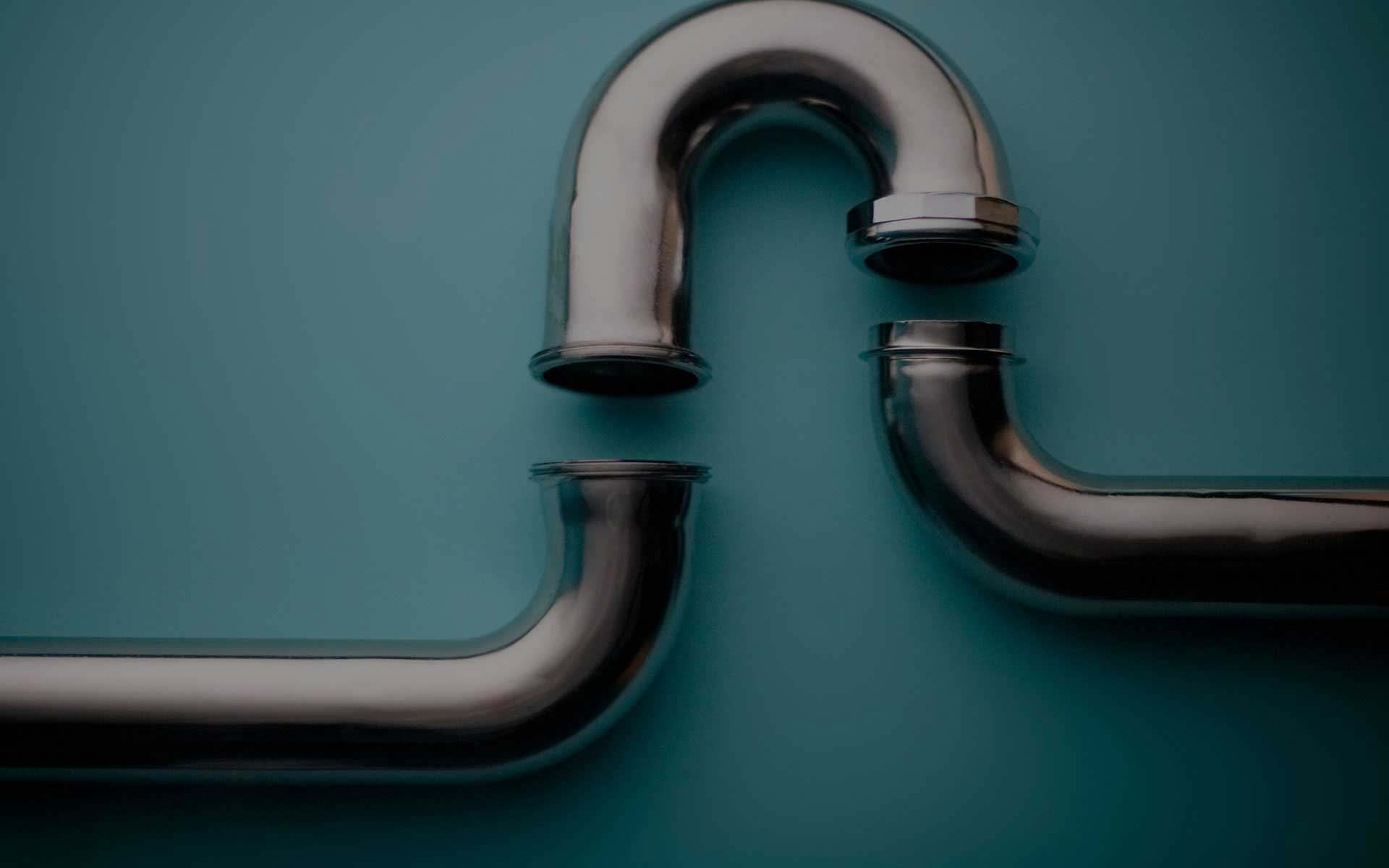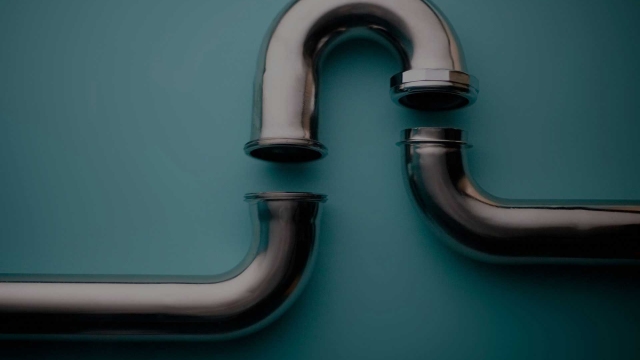Welcome to the fascinating world of plumbing, where sinks and pipes take center stage and play an essential role in our everyday lives. While often overlooked, the intricate network of plumbing delivers clean water to our homes, allows us to conveniently wash our dishes and clothes, and provides us with functioning toilets and showers. It’s an interconnected system that keeps our homes comfortable and hygienic, and today, we invite you to join us on an exhilarating journey, exploring the depths of this vital infrastructure.
As we dive into the world of plumbing, we’ll discover the secrets behind the scenes, shedding light on the intricate workings of a plumber’s craft. From the moment water enters your home to the pipes that carry it away, we’ll explore the various components and systems that ensure seamless functioning. Plumbing is truly an art form, requiring technical expertise, knowledge of materials, and problem-solving skills to keep everything running smoothly.
In this article, we’ll unravel the mysteries of leaky faucets, clogged drains, and overflowing toilets, providing you with tips and tricks to tackle these common plumbing woes. We’ll go beyond the surface and learn about the different types of pipes, the importance of proper ventilation, and the significance of water pressure regulation. Join us on this adventure as we venture into the world of plumbing, and discover how this unassuming system keeps our homes in working order. Get ready to be amazed by the wonders that reside behind the walls – welcome to Adventures in Plumbing!
Understanding the Plumbing System
Plumbing plays a vital role in our daily lives, ensuring the smooth flow of water and the efficient removal of waste from our homes. In this section, we will explore the fundamental components that make up a plumbing system.
-
Water Supply: The plumbing system begins with the water supply, which is typically provided by the municipal water source. This water is then directed into our homes through a series of pipes, ensuring a constant supply for our various needs.
-
Pipes and Fixtures: Once inside our homes, the water is delivered through a network of pipes that connect to different fixtures and appliances. These pipes are constructed using materials such as copper, PVC, or PEX, and they come in various sizes to accommodate the specific requirements of each fixture.
-
Drainage and Ventilation: In addition to the water supply, a plumbing system also includes a drainage and ventilation system. Waste and used water from sinks, toilets, and showers are carried away through drain pipes, while ventilation pipes allow the release of odors and gases to the outside.
Understanding the plumbing system is crucial for homeowners and residents alike, as it enables us to troubleshoot common issues and ensure the proper functioning of our plumbing. In the next sections, we will explore the intricacies of sink and pipe maintenance, addressing common problems and providing practical solutions. Stay tuned for more plumbing adventures!

Common Plumbing Issues and Solutions
Clogged Drains:
One of the most common plumbing issues is a clogged drain. It can be extremely frustrating when water doesn’t flow smoothly down the sink or shower drain. Thankfully, there are some simple solutions that can help resolve this problem.
Firstly, you can try using a plunger to dislodge the clog by creating pressure and suction. Ensure that there is enough water covering the plunger and push and pull vigorously until you feel the clog breaking up. If this doesn’t work, a drain snake can be used to physically remove the debris causing the clog. Carefully insert the drain snake into the drain and rotate it to catch the clog. Once you have pulled it out, run hot water to clear any remaining residue.
Leaky Faucets:
Leaky faucets are not only annoying but can also lead to wasted water and higher utility bills. Ignoring a leaky faucet can potentially result in further damage to the plumbing system. Fortunately, fixing this issue doesn’t always require the help of a plumber.
To fix a leaky faucet, start by turning off the water supply to the affected faucet. Next, dismantle the faucet by removing the handle and any other necessary parts. Inspect the parts for any signs of damage or wear, and replace them if necessary. Additionally, replacing the washer or cartridge can often solve the problem. Once the new parts are installed, reassemble the faucet and turn the water supply back on to check for leaks.
Low Water Pressure:
Low water pressure can make daily activities like showering or washing dishes a frustrating experience. If you’re experiencing low water pressure, there are a few possible causes and solutions to consider.
One common cause is a buildup of mineral deposits in the aerator. To fix this, unscrew the aerator from the faucet and soak it in vinegar overnight to dissolve the deposits. Afterward, rinse it thoroughly and reattach it to the faucet. Another potential cause could be a partially closed shut-off valve. Ensure that all shut-off valves are fully open. If the problem persists, it might be due to a larger plumbing issue and it’s recommended to consult a professional plumber.
Remember, these are just a few common plumbing issues and their solutions. It’s always a good idea to seek professional assistance if you’re unsure or uncomfortable with handling any plumbing problems.
Maintenance Tips for a Healthy Plumbing System
Proper maintenance is key to ensuring the longevity and efficiency of your plumbing system. By following these simple tips, you can keep your pipes and sinks in great condition for years to come.
- Watch What Goes Down the Drain:
Avoid letting hair, grease, food scraps, or any other debris go down the drain. Use drain screens or stoppers to catch larger particles and dispose of them in the trash. Regularly cleaning these screens or stoppers will prevent clogs and keep your pipes flowing smoothly.
- Be Mindful of Water Pressure:
Excessively high water pressure can put stress on your plumbing system over time. Install a pressure regulator to maintain optimum water pressure. This simple device will help safeguard your pipes from potential damage and increase their lifespan.
- Schedule Regular Inspections:
Hiring a professional plumber for regular inspections is a proactive step that can save you from potential plumbing disasters. Professionals can detect and fix minor issues before they escalate into major problems, preventing costly repairs down the line. Consider scheduling inspections at least once a year to keep your plumbing system in top shape.
Remember, implementing these maintenance tips will not only reduce the risk of plumbing emergencies but also save you time, money, and unnecessary stress. Taking care of your plumbing system now will pay off in the long run, ensuring a healthy and efficient home.




